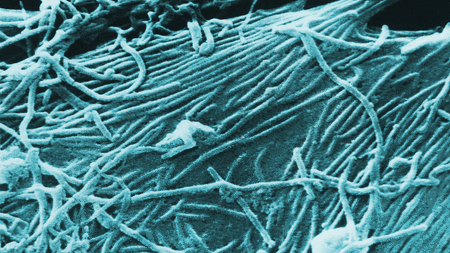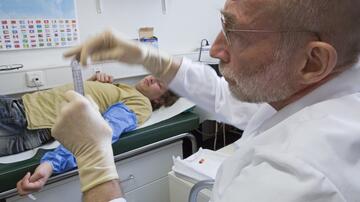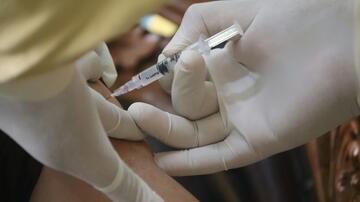Ebola infection: Protective immune response, even after decades
Electron microscope images of Ebola virus particles
For the first time, scientists from the Bernard Nocht Institute for Tropical Medicine (BNITM) including DZIF researchers have, in collaboration with Swiss colleagues, confirmed a long-lasting, protective immune response following an Ebola infection in humans.
In March 2014, the World Health Organisation (WHO) recorded the largest known Ebola epidemic in history, to which over 11,000 people fell victim in West Africa. Only a few people know that the first Ebola infection occurred in West Africa in 1994. At the time, a scientist contracted the virus while dissecting monkeys. The group of researchers have now shown that, even 20 years after infection, protective antibodies were still present in the scientist’s blood. Laboratory examinations have shown that the antibodies developed from the first infection are now still protecting the scientist from further infections with different Ebola viruses.
Professor Schmidt-Chanasit, Director of Viral Diagnostics and DZIF scientist at the BNITM explains these special findings: “Surprisingly the antibodies not only reacted to the Taï Forest Ebola species that caused the disease at the time, but also to the other Ebola virus species Sudan and Zaire. This is especially important for dealing with the question of whether vaccines can provide broad and long-lasting protection against Ebola infections.” The researchers have published their data in the renowned journal “Lancet”, so as to make them available to the broader scientific community.




